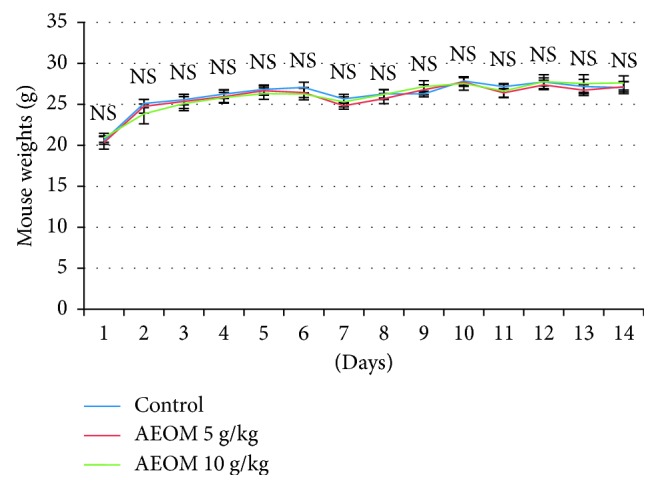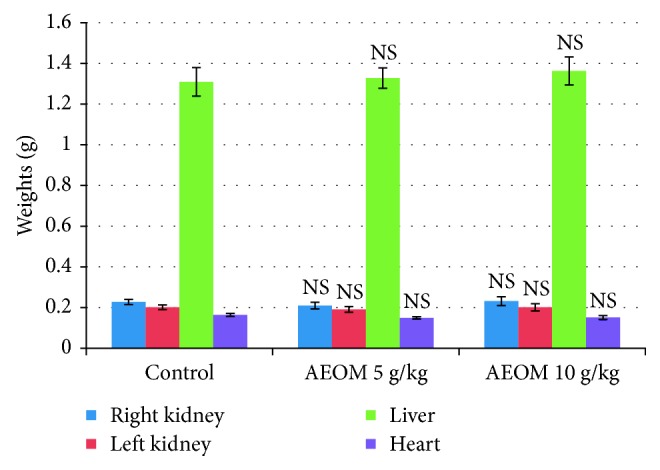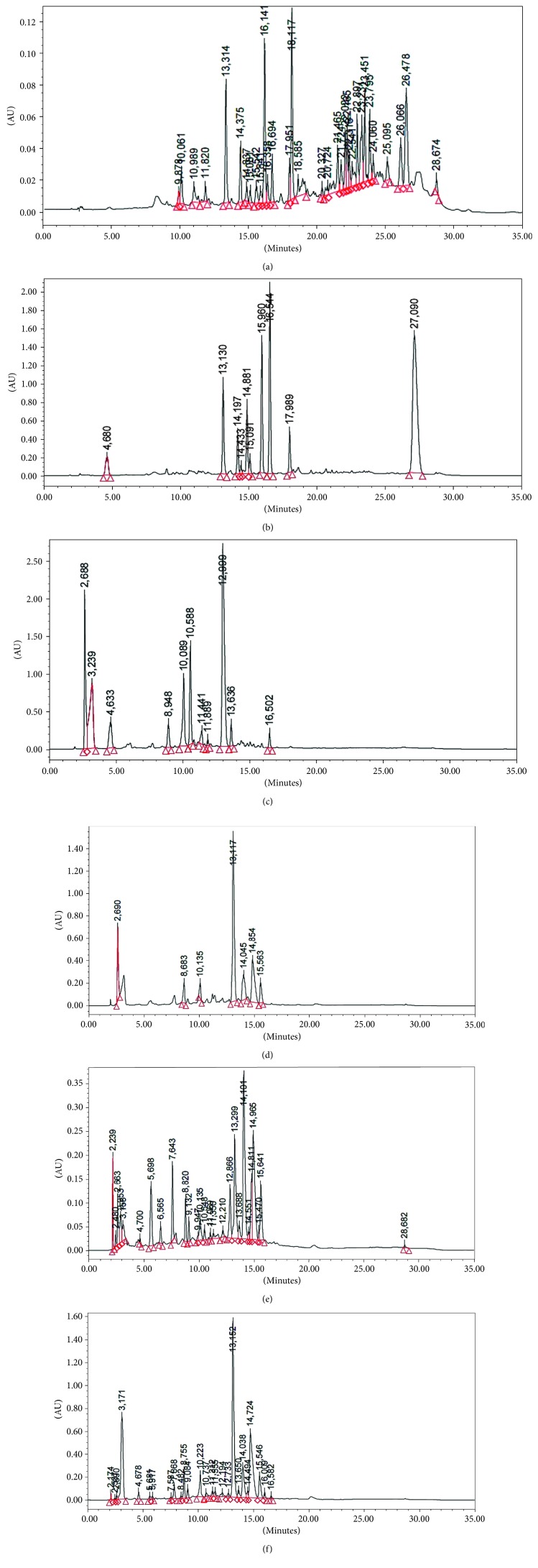牛头草水提物和有机组分对人乳腺细胞系MDA-MB-231和人结肠细胞系HT-29的细胞毒性研究
Q1 Pharmacology, Toxicology and Pharmaceutics
Advances in Pharmacological Sciences
Pub Date : 2018-08-23
eCollection Date: 2018-01-01
DOI:10.1155/2018/3297193
引用次数: 31
摘要
以5 g/kg和10 g/kg的水提物对白化小鼠进行毒性试验。未观察到毒性症状或死亡。在整个14天的观察中,小鼠存活下来,活跃健康。此外,左、右肾脏、心脏和肝脏的体重测量在对照组、5 g/kg和10 g/kg之间没有显著差异。牛头草的所有提取物(水提取物、石油醚提取物、二氯甲烷提取物、乙酸乙酯提取物、甲醇提取物和无水提取物)对两种类型的癌细胞的测试表明,与结肠癌细胞系HT-29细胞相比,牛头草对乳腺癌细胞系MDA-MB-231的细胞毒性更明显。乙酸乙酯提取物的IC50分别为30.90±1.39和50.11±1.44(µg/ml)。高效液相色谱分析表明,大黄芷提取物中含有多酚和黄酮类化合物,可能与大黄芷的生物活性有关。本文章由计算机程序翻译,如有差异,请以英文原文为准。



Cytotoxicity of the Aqueous Extract and Organic Fractions from Origanum majorana on Human Breast Cell Line MDA-MB-231 and Human Colon Cell Line HT-29.
The toxicity of the aqueous extract of Origanum majorana was tested (5 and 10 g/kg) in albino mice. No symptoms of toxicity or mortality were observed. The mice survived being active and healthy during all 14 days of observation. In addition, the weight measurement of the left and right kidneys, heart, and liver shows no significant difference between the control, 5 g/kg, and 10 g/kg. All extracts (aqueous, petroleum ether, dichloromethane, ethyl acetate, methanolic, and depleted aqueous extracts) of Origanum majorana tested against both types of cancer cells showed a more pronounced cytotoxic effect against breast cell line MDA-MB-231 than colon cells line HT-29 cells. The most marked effect is that of the ethyl acetate extract with IC50 30.90 ± 1.39 and 50.11 ± 1.44 (µg/ml), respectively. HPLC analysis of extracts from Origanum majorana showed that this plant contained polyphenols and flavonoids, which may be responsible for the biological activities found.
求助全文
通过发布文献求助,成功后即可免费获取论文全文。
去求助
来源期刊

Advances in Pharmacological Sciences
PHARMACOLOGY & PHARMACY-
CiteScore
6.40
自引率
0.00%
发文量
0
审稿时长
14 weeks
期刊介绍:
Advances in Pharmacological and Pharmaceutical Sciences is a peer-reviewed, Open Access journal that publishes original research articles, review articles, and clinical studies in all areas of experimental and clinical pharmacology, pharmaceutics, medicinal chemistry and drug delivery. Topics covered by the journal include, but are not limited to: -Biochemical pharmacology, drug mechanism of action, pharmacodynamics, pharmacogenetics, pharmacokinetics, and toxicology. -The design and preparation of new drugs, and their safety and efficacy in humans, including descriptions of drug dosage forms. -All areas of medicinal chemistry, such as drug discovery, design and synthesis. -Basic biology of drug and gene delivery through to application and development of these principles, through therapeutic delivery and targeting. Areas covered include bioavailability, controlled release, microcapsules, novel drug delivery systems, personalized drug delivery, and techniques for passing biological barriers.
 求助内容:
求助内容: 应助结果提醒方式:
应助结果提醒方式:


